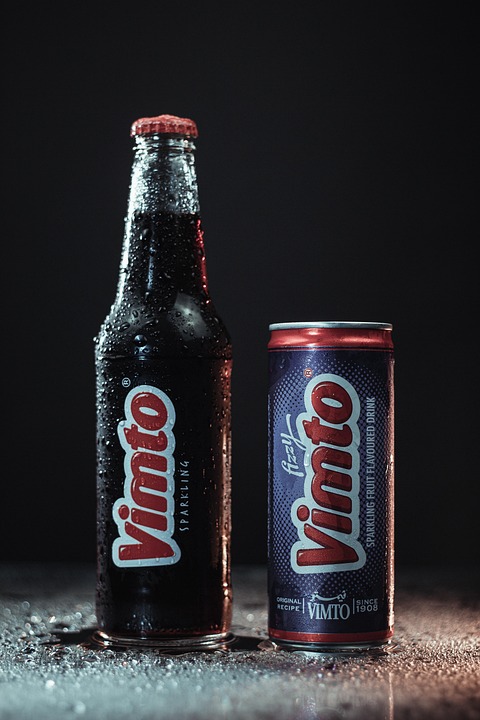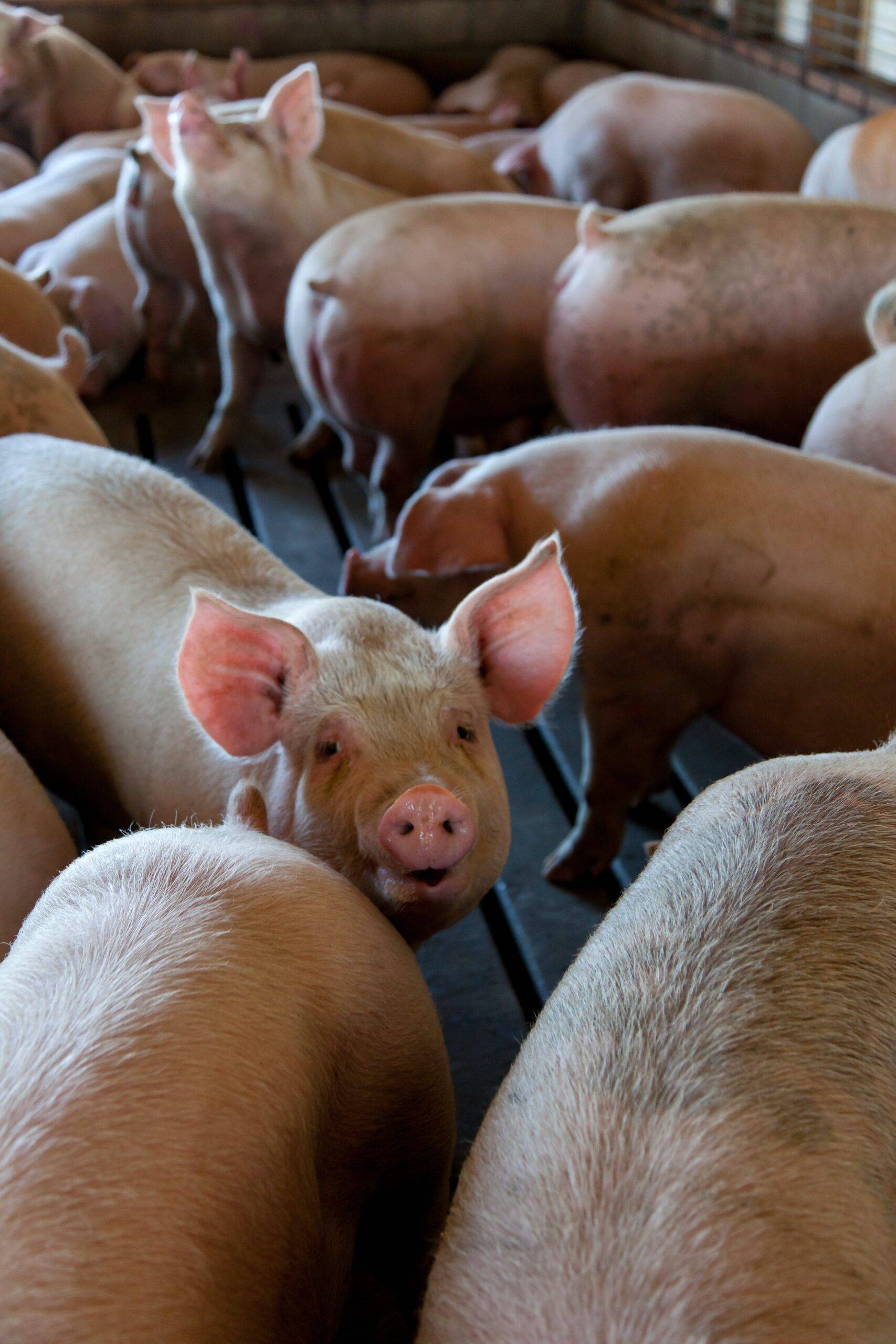Introduction
Soft drink brands have been a staple in the global beverage industry for decades, providing consumers with refreshing and flavorful options to quench their thirst. However, with changing consumer preferences, health concerns, and increasing competition, global soft drink brands must adapt and evolve to stay relevant and sustainable in today’s market. In this report, we will explore what steps these brands must take to maintain their position in the industry while also prioritizing sustainability.
Embrace Health and Wellness Trends
Consumer Demand for Healthier Options
One of the key challenges facing global soft drink brands is the shift in consumer preferences towards healthier beverage options. With concerns about sugar content, artificial ingredients, and the impact on overall health, consumers are increasingly turning towards beverages that offer functional benefits, natural ingredients, and lower sugar content. To stay relevant, soft drink brands must prioritize innovation in product development to meet these changing demands.
Invest in Low or No-Sugar Variants
One way for global soft drink brands to stay relevant is by investing in low or no-sugar variants of their popular products. By offering healthier options that still deliver on taste and quality, brands can appeal to health-conscious consumers while also maintaining their market share. For example, Coca-Cola has introduced Coca-Cola Zero Sugar and Diet Coke to cater to consumers looking for lower sugar alternatives.
Focus on Sustainability
Reduce Environmental Impact
In today’s environmentally conscious world, sustainability has become a top priority for consumers and businesses alike. Global soft drink brands must take steps to reduce their environmental impact by implementing sustainable practices throughout their supply chain, packaging, and distribution processes. This can include using recycled materials for packaging, investing in renewable energy sources, and reducing water usage in production.
Support Local Communities
Another aspect of sustainability for global soft drink brands is supporting local communities where they operate. By engaging in philanthropic initiatives, investing in community development projects, and supporting local farmers, brands can build a positive reputation and strengthen their relationships with consumers. For example, PepsiCo’s Sustainable Farming Program works with farmers around the world to promote sustainable agriculture practices and improve livelihoods.
Expand into Emerging Markets
Capture Growth Opportunities
As competition intensifies in mature markets, global soft drink brands must look towards emerging markets for growth opportunities. Countries in Asia, Latin America, and Africa present untapped potential for expanding market share and reaching new consumers. By tailoring products to local tastes, preferences, and cultural norms, brands can successfully enter and establish a presence in these markets.
Adapt to Local Preferences
To stay relevant and sustainable in emerging markets, global soft drink brands must adapt to local preferences and trends. This can involve offering unique flavors, packaging sizes, and marketing strategies that resonate with consumers in specific regions. For example, Coca-Cola has introduced regional flavors such as Coca-Cola Peach in Japan and Coca-Cola Lime in Australia to cater to local tastes.
Conclusion
In conclusion, global soft drink brands must prioritize health and wellness, sustainability, and expansion into emerging markets to stay relevant and sustainable in today’s competitive landscape. By embracing consumer trends, investing in sustainable practices, and adapting to local preferences, brands can position themselves for long-term success and continued growth in the global beverage industry. It is essential for these brands to stay agile, innovative, and customer-focused to maintain their position as industry leaders.




